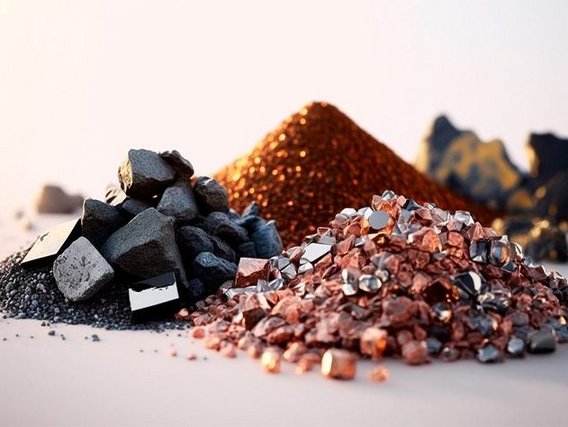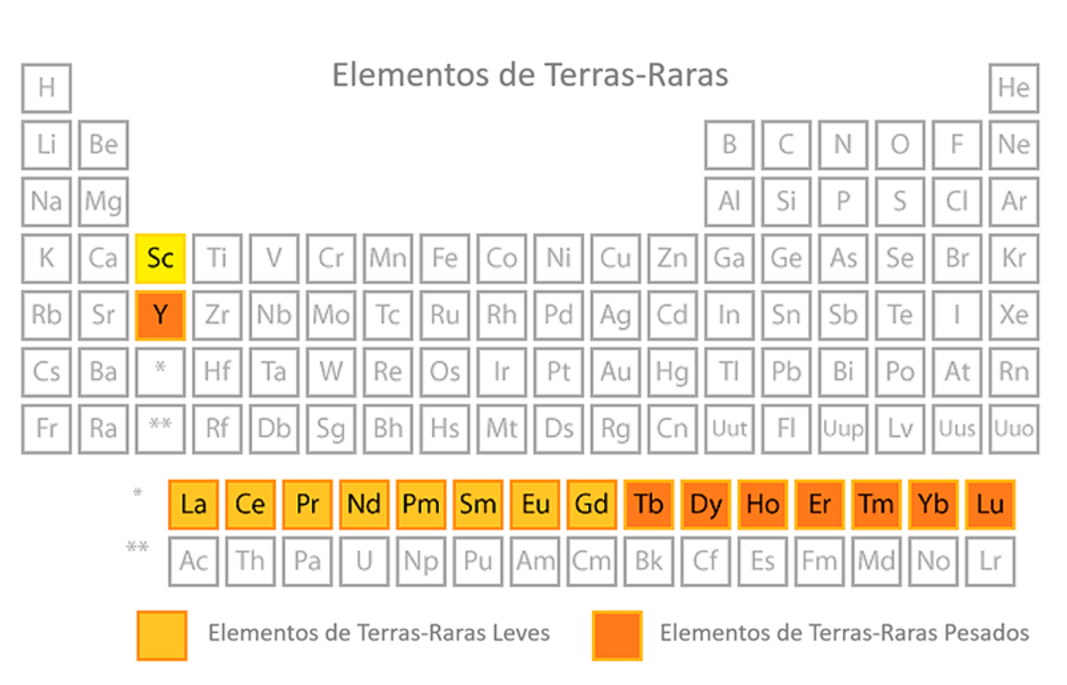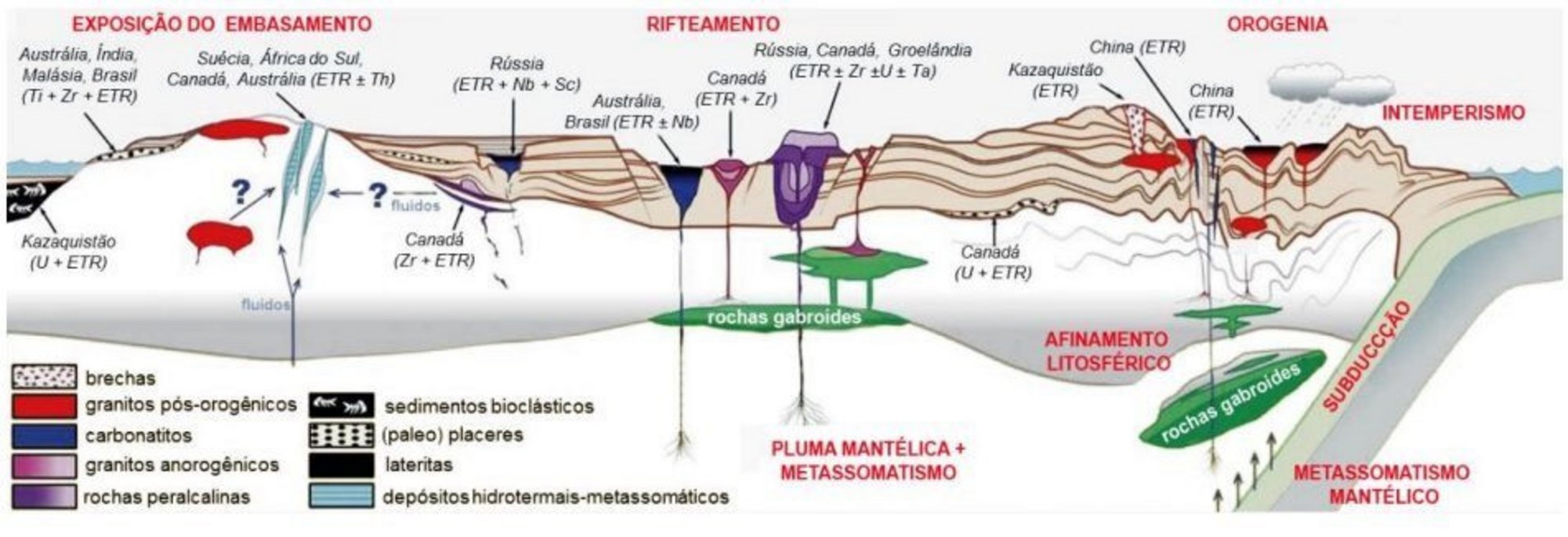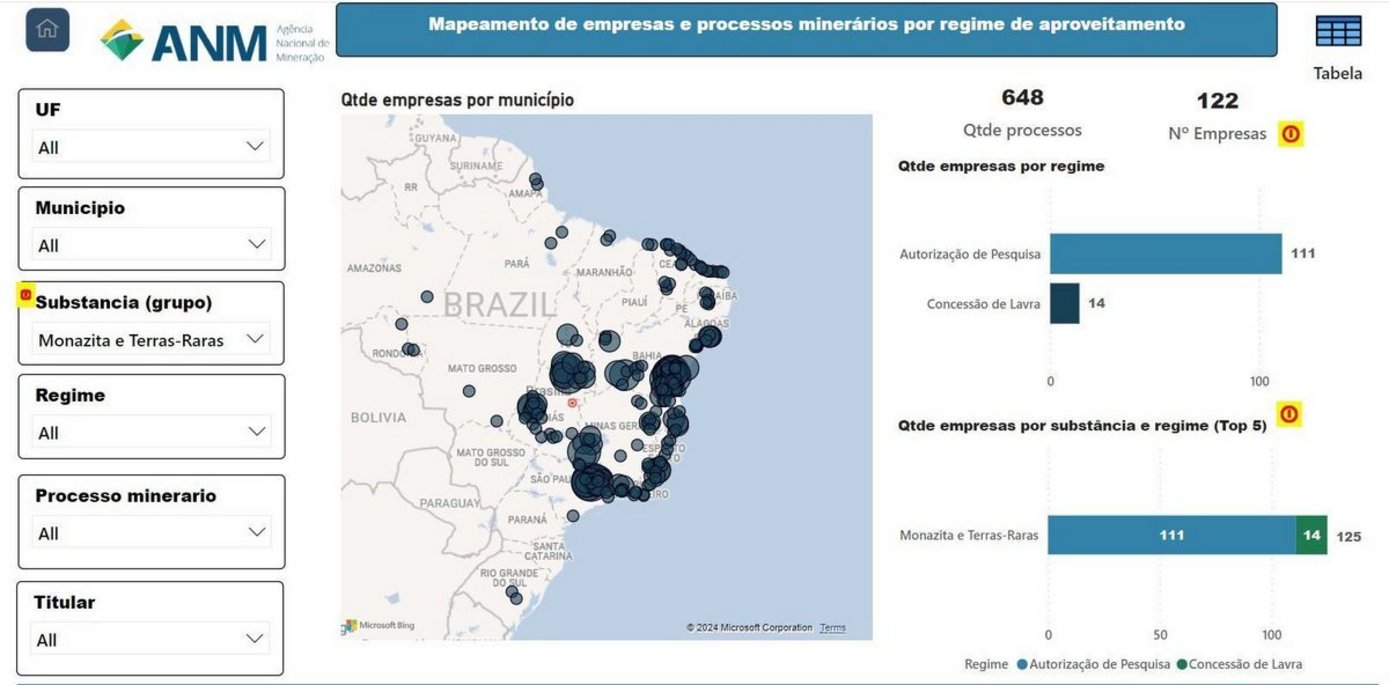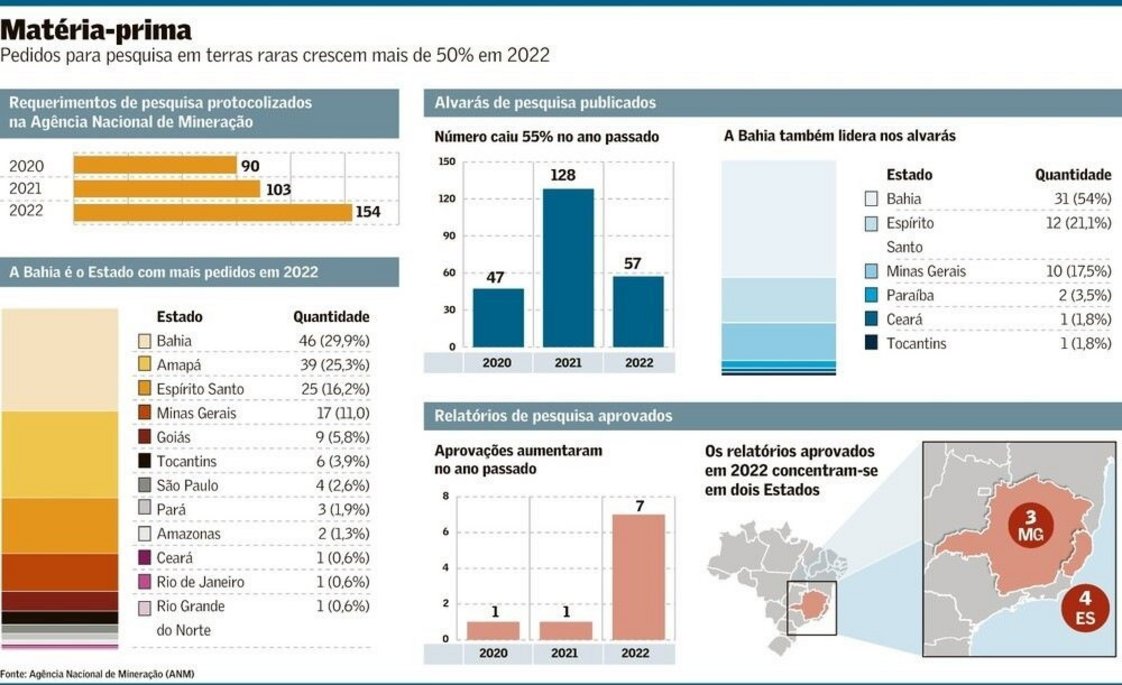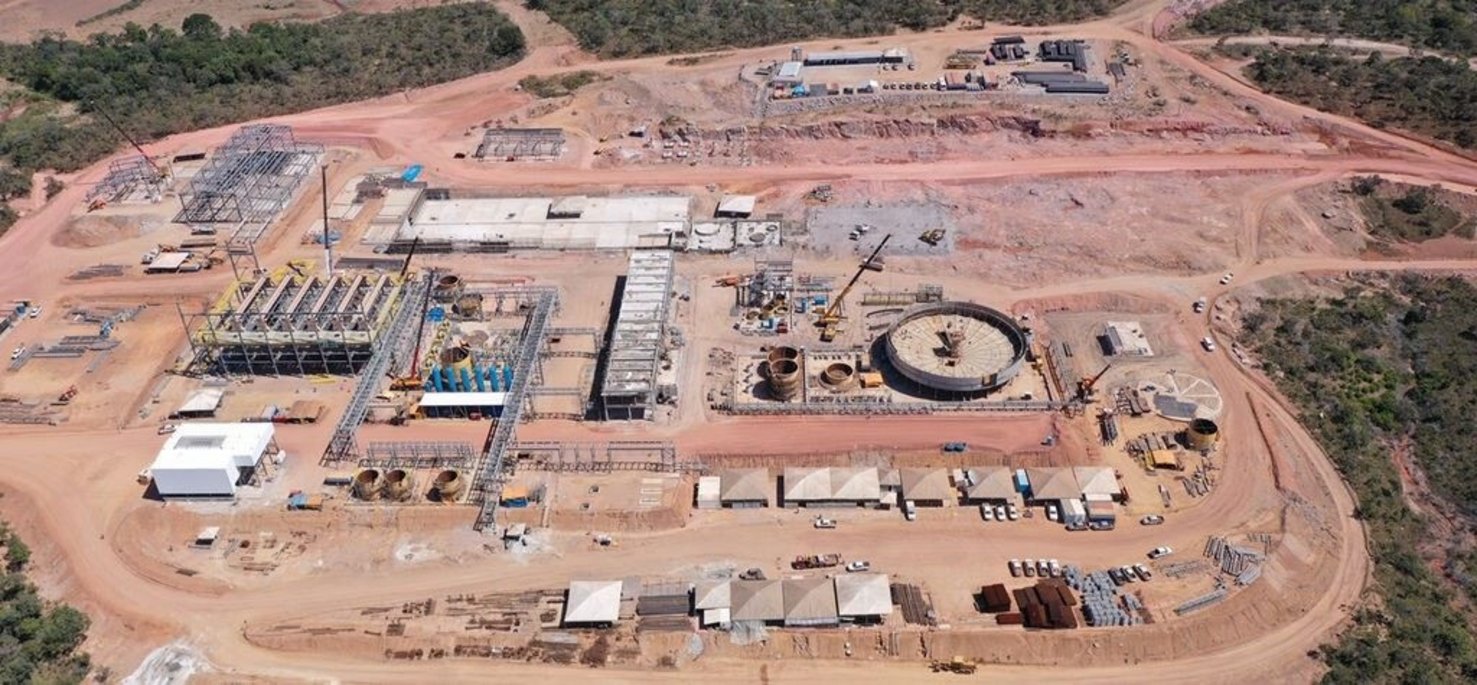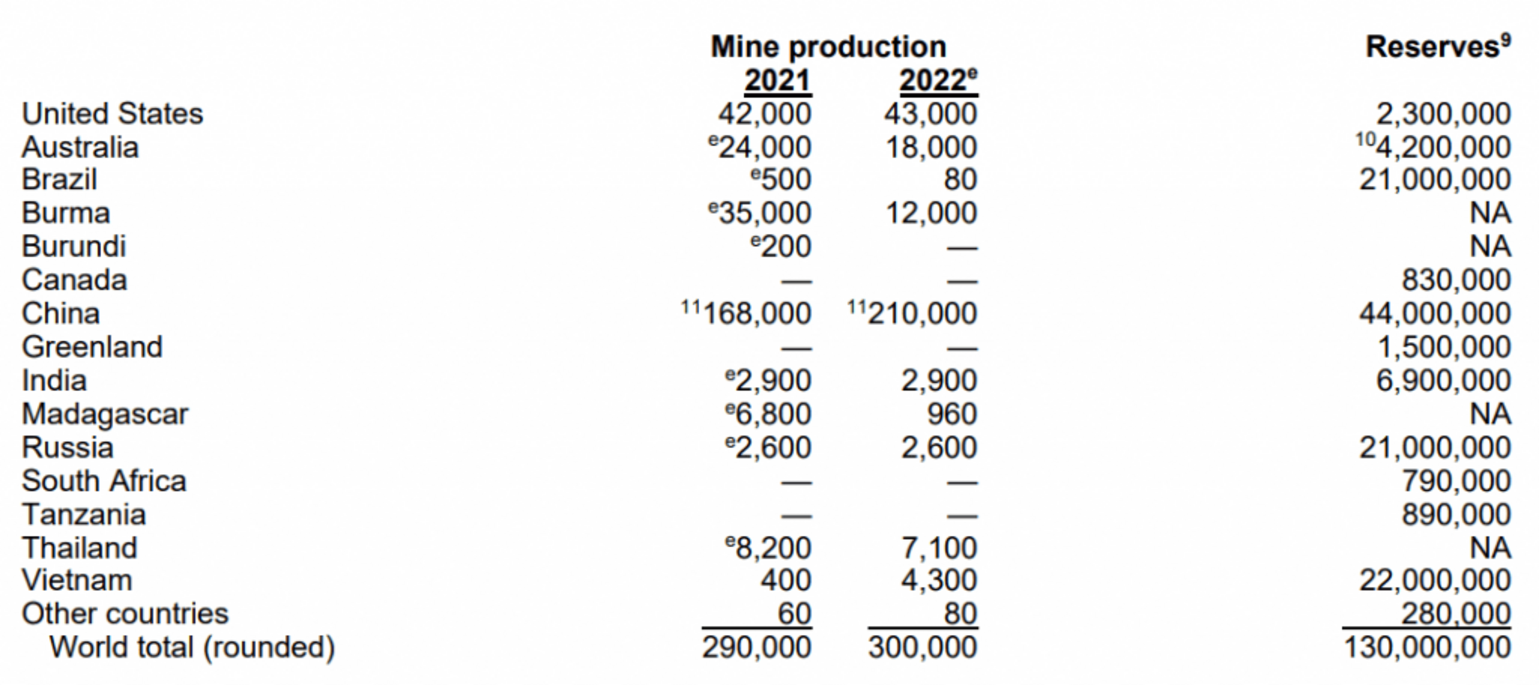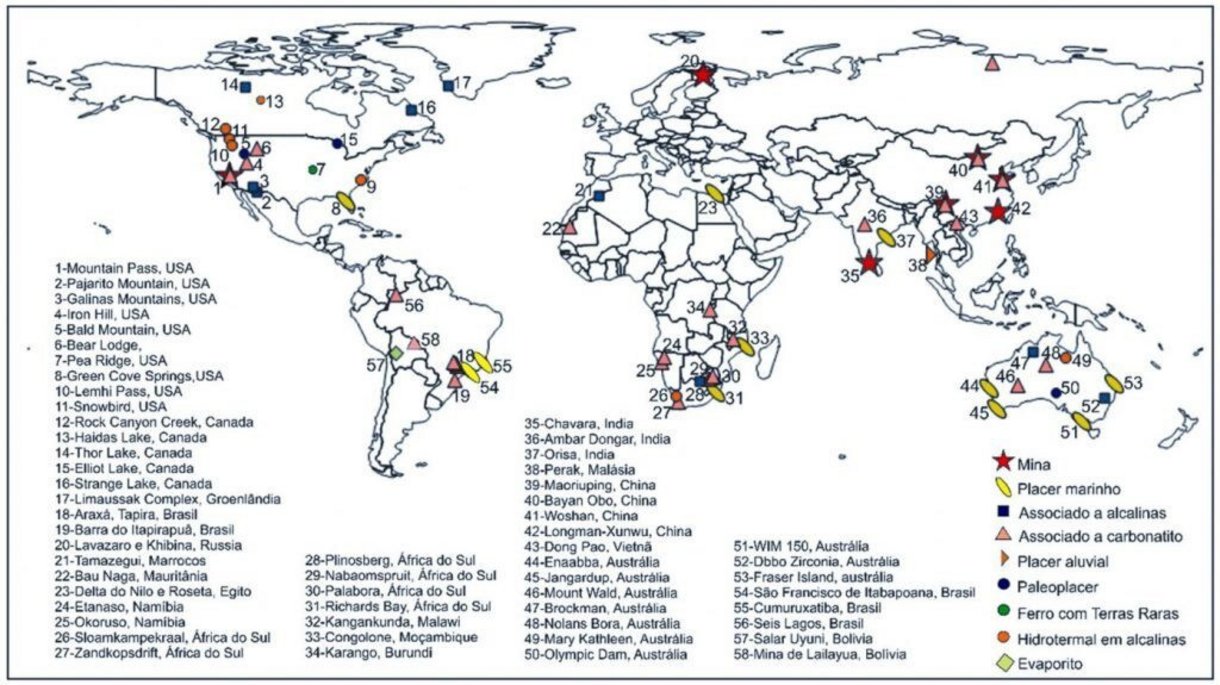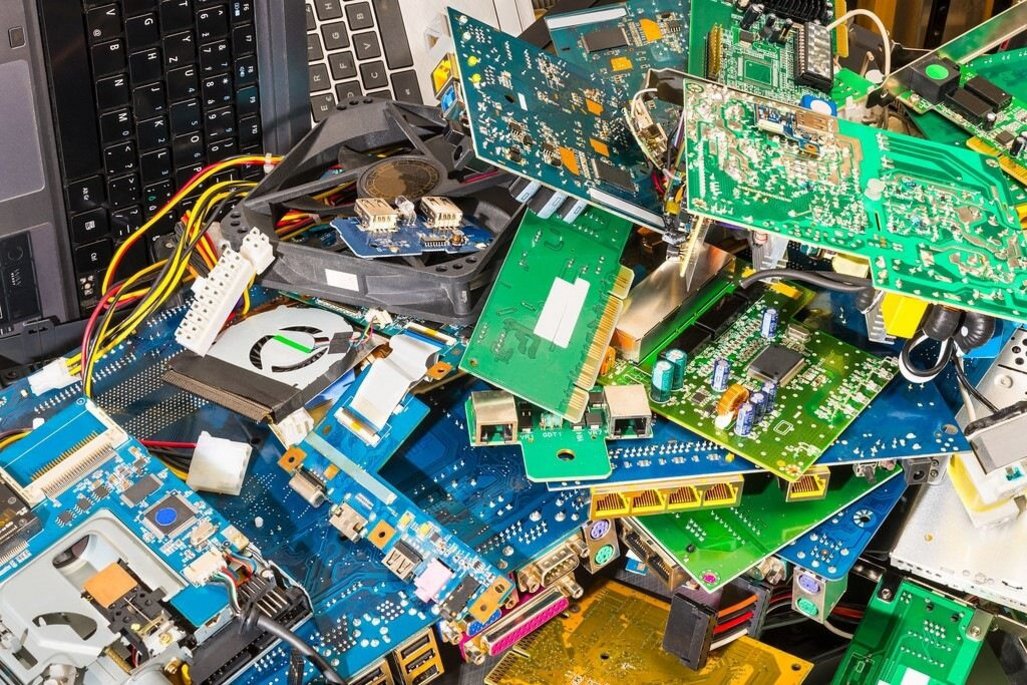According to the Natural Environment Research Council there are more than 200 minerals that contain Rare Earth elements. These elements can occur in a wide variety of mineral and structural classes. However, they are preferentially found in the form of carbonates, phosphates, silicates, fluorides and oxides.
Bastnasite is a rare earth fluorocarbon that contains approximately 75 per cent rare earth oxides in its composition, with the predominant elements being cerium (Ce), lanthanum (La), neodymium (Nd) and, to a lesser extent, praseodymium (Pr). On the other hand, monazite is a phosphate with a rare earth oxide content similar to bastnasite, but with significant thorium (0 to 20 per cent) and uranium (0 to 16 per cent) content, which makes it radioactive and difficult to extract.
Xenotime is a phosphate with a rare earth oxide content of 60 per cent and is considered the main source of heavy rare earths, along with ionic clays. In addition, some minerals such as apatite, pyrochlore and zircon can have significant levels of rare earths, even though they are not classified as sources of these elements.
Rare earth elements (RTE) are found in low concentrations in the earth's crust, but can be found in various geological environments, both endogenous and exogenous. Endogenous deposits originate in the Earth's interior. They are related to geothermal and tectonic activity. Examples include the formation of igneous and metamorphic rocks, as well as the creation of mineral deposits associated with magmatic intrusions and volcanic activity. Exogenous deposits originate on or near the Earth's surface and are caused by external forces such as climate, water and gravity. Examples include erosion, sedimentation and the formation of sedimentary rocks. Exogenous mineral deposits, such as placers (deposits of heavy minerals formed by the action of water currents), are formed by processes of weathering and sedimentary transport.
Below we highlight some deposits according to geological environment, and the image below shows the tectonic environments that form rare earth deposits and the associated rocks.
Endogenous environments: Mountain Pass (USA), Bayan Obo (China), Pitinga (AM).
Exogenous environments: Araxá (MG), Vitória (ES), São Gonçalo (MG).
